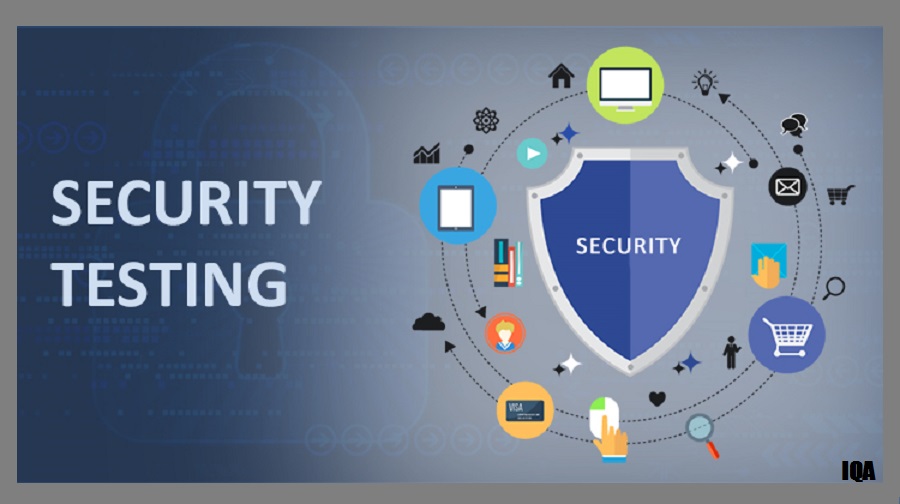Security Testing: An Overview
Security testing, also known as security auditing or penetration testing, is the process of evaluating a system or application to find security vulnerabilities that attackers could exploit. The overall goal of any security testing is to identify weaknesses that could potentially compromise the confidentiality, integrity or availability of an application or system. By conducting rigorous security testing, organizations can find and address vulnerabilities proactively before attackers have a chance to discover and take advantage of them.
Types of Security Testing
Static Application Security Testing (SAST)
SAST is a type of Security Testing that analyzes application source code without executing the code. SAST tools work by parsing code and application architecture to find vulnerabilities like injection flaws, cryptographic issues and other coding errors. Some benefits of SAST include being able to find weaknesses early in development and testing large codebases quickly. However, SAST may miss issues that only appear at runtime.
Dynamic Application Security Testing (DAST)
In contrast to SAST, Dynamic Application Security Testing (DAST) involves executing test cases on a running application to test its behavior. This allows DAST to find vulnerabilities that arise from runtime behavior, user inputs and other dynamic factors. Some DAST tools simulate attacks by exploiting vulnerabilities with things like malicious URLs, POST bodies and JavaScript payloads. DAST catches issues that SAST may miss but typically takes longer to run than SAST.
Interactive Application Security Testing (IAST)
IAST sits between SAST and DAST by monitoring runtime behavior but not requiring tests to execute independently. IAST tools track events like function calls, API usage and data flows in real-time as applications are tested. This gives IAST visibility into potential vulnerabilities across the entire runtime environment and multi-tier application architecture. IAST provides more accurate results than SAST or DAST alone but may have higher performance overhead.
Penetration Testing
Penetration testing, also called ethical hacking, goes a step beyond automated testing and involves simulated attacks performed manually by a trained security professional. A penetration test applies recon, attacks and post-exploit techniques attempting to compromise targets in the same way a real attacker would. This allows professionals to find vulnerabilities DAST and IAST may miss, validate findings, evaluate attack surfaces and determine if breaches are possible. Penetration testing yields the most accurate results but requires significant time and expertise to perform thoroughly.
Mobile Application Security Testing
As mobile increasingly becomes the primary way many people interact with applications, conducting security testing optimized for mobile platforms is essential. Mobile app testing shares some similarities with web application testing but also has unique features like touchscreens, sensors, data storage, SMS/calling ability and more. Effective mobile security testing analyzes areas like authentication, authorization, input validation, encryption, privacy policies and platform-specific APIs for vulnerabilities. With so many mobile applications acting as gateways to sensitive data, mobile security should not be an afterthought.
API Security Testing
Modern applications commonly expose APIs that power everything from mobile apps to internal services to IoT devices. While APIs bring countless benefits, they also expand an application’s attack surface if not properly secured. API testing validates authentication, authorization, input handling, error responses and other API functionality. Tests send mock API requests to find issues allowing unauthorized access to services, information disclosure or resources consumption. Applications now rely heavily on their APIs, so API testing plays a crucial role in the overall security posture.
Why Regular Security Testing Is Needed
Security vulnerabilities can arise from mistakes in code, misconfigurations, underlying third-party components or changes in software environments over time. Regular security testing addresses this fluid nature of issues by continuously evaluating applications as they are updated:
– Catch weaknesses early: Finding and fixing vulnerabilities during development prevents them from remaining in production where attackers can discover them.
– Address regression: New code may unintentionally cause previously fixed issues to regress. Testing helps spot this.
– Evolving threats: Attack patterns and tooling change constantly requiring re-evaluation of defenses against modern exploits.
– Configuration drift: Over time, production environments can diverge from intended setups introducing vulnerabilities. Testing verifies configurations.
– Library & platform changes: Updating dependencies like libraries, frameworks and operating systems can create new weaknesses or break existing ones.
– Address post-release issues: Even with testing, some defects may still slip through. Testing helps patch emerging issues promptly.
By security testing software regularly using a methodology like shift left testing, organizations can gain visibility into risks before they impact business, customer trust or the bottom line. With modern applications under constant development and change, routine testing is fundamental to security programs.
Challenges of Effectively Implementing Security Testing
While security testing supplies tremendous value, doing it comprehensively and continuously also presents challenges:
– Extensive testing coverage required: Thoroughly assessing all areas, functions, services and integrations takes significant effort.
– Competing development priorities: Security can be deprioritized if deadlines are tight or perceived as delaying other work.
– Complex environments: Applications interact across microservices, APIs, mobile, cloud and other components complicating testing.
– Constant changes: Keeping up with updating codebases and making accurate before/after comparisons is difficult.
– Expertise requirements: Advanced testing like penetration testing necessitates dedicated security skills not all teams will have.
– Cost implications: Maintaining a robust Security Testing program demands tools, people hours, training and other investments.
– Limited oversight: Some weaknesses are inherently hard to discover without full information or specialized skills.
To address these hurdles, organizations committed to security must prioritize it formally, promote security culture, automate testing processes, cultivate in-house expertise, manage costs pragmatically and accept not all issues can be found. Continuous improvement is key.
*Note:
1. Source: Coherent Market Insights, Public sources, Desk research
2. We have leveraged AI tools to mine information and compile it

